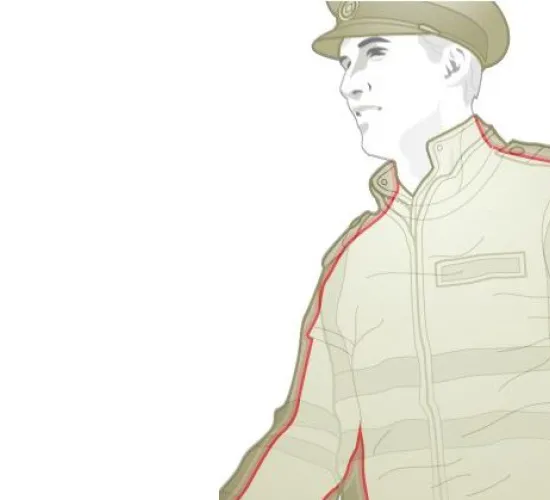
You can’t always control the environment you operate in, but you can reduce its effect on your performance. Your environment may change from day to day — hot and sunny one day, raining the next, and snowing the next. In addition, you need protection from the real hazards you may encounter on the job — hazards such as fire, fuel, chemicals, or blood and body fluids. Your best defense is a clothing system made up of specific components that combine durable protection and comfort.

Gear
What you wear from head to toe influences how you perform. To stay comfortable and dry, your gear must protect you from water, wind, and other external liquids. At the same time, it must also allow your perspiration vapour to escape, so you don’t feel the effects of heat stress. Otherwise, your focus may shift because significant heat stress can lead to disorientation and impaired judgment.
Your garments, boots, and gloves must fit well and complement the rest of your equipment. For example, your jacket should be abrasion-resistant to withstand strap friction from a heavy pack, your gloves should be dexterous to allow you to operate your equipment easily, and your boots should be light weight so they don’t compromise your endurance.

Head Protection
Your head plays an important role in protecting you from cold and bad weather. Because your head can release more heat than your body is capable of producing, good headwear is essential. Good headwear should also protect against outside moisture like rain and snow, and let perspiration escape so that your head stays dry.

Gloves
Your hands can sweat a lot, and they endure reduced blood circulation in cold weather. You need gloves that lock in warmth, allow sweat to escape, and ensure that no moisture penetrates from the outside. At the same time, gloves shouldn’t compromise your ability to do your job. If you have to remove a glove to use a tool or shoot a weapon, you probably aren’t wearing the right gloves.
In addition to dexterity, gloves are expected to provide the right degree of thermal stability, abrasion resistance, and protection from liquid penetration. Additional layers of padding in the palm and fingers should be a consideration.














